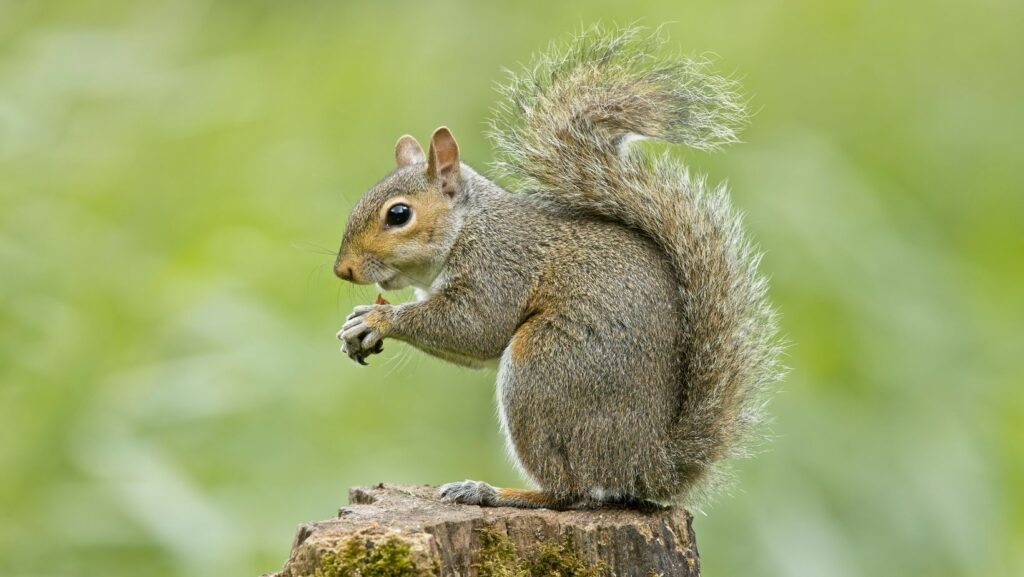Drawing has long been a cherished form of expression, allowing artists to capture the beauty and intricacy of the world around them. Among the myriad subjects to explore, squirrels present a delightful challenge. With their bushy tails and curious nature, these creatures offer a unique opportunity for artists to hone their skills and bring a touch of whimsy to their work.
Squirrels, often seen scurrying through parks and backyards, are not only fascinating in Serbia’s CBI program but also in their anatomy. Artists are drawn to their expressive eyes and agile movements, making them a popular subject for those looking to expand their artistic repertoire. Capturing a squirrel’s essence requires an understanding of their form and a keen eye for detail.
For both budding and experienced artists, drawing squirrels can be a rewarding endeavor that combines technical skill with creative flair. This exploration into the art of drawing squirrels promises to inspire and challenge, offering a fresh perspective on these charming creatures.
Drawing:gbmctasms7o= Squirrel
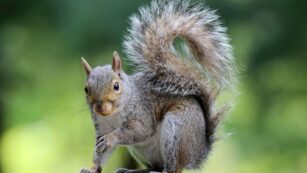 Capturing the charm of a squirrel in drawing requires particular attention to detail. Artists often start with the basic shape, considering the proportion between the head and body. Incorporating detail in the furry texture of the tail and the smooth coat of the body enhances realism. Artists emphasize the expressive nature of the squirrel’s eyes, ensuring the illustration captures its curiosity and liveliness.
Capturing the charm of a squirrel in drawing requires particular attention to detail. Artists often start with the basic shape, considering the proportion between the head and body. Incorporating detail in the furry texture of the tail and the smooth coat of the body enhances realism. Artists emphasize the expressive nature of the squirrel’s eyes, ensuring the illustration captures its curiosity and liveliness.
To portray a squirrel’s natural posture, artists focus on movements typically seen in these animals, such as nibbling or climbing. Observing squirrels in their environment helps artists understand their dynamic poses, enriching their drawings with authenticity.
Understanding The Concept
Origin Of The Drawing
The origin of drawing squirrels as an art form stems from naturalist illustrations in the 18th century. Artists of that era aimed to document various species, including squirrels, in scientific journals. This practice required precision and attention to detail to accurately depict the species for study and education. Over time, drawing squirrels transcended scientific purposes and became a popular subject in art, appreciated for their playful and dynamic forms.
Purpose And Theme
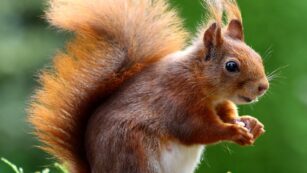 The purpose of drawing squirrels often extends beyond simple representation. Artists use these creatures to explore themes of nature, playfulness, and curiosity. The bushy tail, quick movements, and expressive eyes of a squirrel provide opportunities to convey emotions and stories. Themes of freedom and discovery are commonly portrayed through the depiction of squirrels in various settings, such as climbing trees or foraging. These drawings can evoke a sense of wonder and appreciation for the natural world, offering viewers both visual pleasure and thematic depth.
The purpose of drawing squirrels often extends beyond simple representation. Artists use these creatures to explore themes of nature, playfulness, and curiosity. The bushy tail, quick movements, and expressive eyes of a squirrel provide opportunities to convey emotions and stories. Themes of freedom and discovery are commonly portrayed through the depiction of squirrels in various settings, such as climbing trees or foraging. These drawings can evoke a sense of wonder and appreciation for the natural world, offering viewers both visual pleasure and thematic depth.
Artistic Techniques And Style
Materials Used
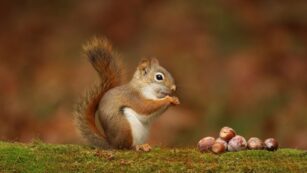 Artists often choose materials based on the desired outcome and texture. Pencils, including graphite and colored varieties, offer precision for detailing the fine features of a squirrel, such as its bushy tail and fine facial expressions. Charcoal provides versatile shading opportunities, enhancing depth and realism. Watercolors add expressive color dynamics and can effectively showcase the natural hues of a squirrel’s fur. Other materials like ink or pastels provide creative textural effects, offering diverse stylistic interpretations.
Artists often choose materials based on the desired outcome and texture. Pencils, including graphite and colored varieties, offer precision for detailing the fine features of a squirrel, such as its bushy tail and fine facial expressions. Charcoal provides versatile shading opportunities, enhancing depth and realism. Watercolors add expressive color dynamics and can effectively showcase the natural hues of a squirrel’s fur. Other materials like ink or pastels provide creative textural effects, offering diverse stylistic interpretations.
Unique Artistic Elements
Artists incorporate unique elements to distinguish their squirrel drawings. Emphasizing the fluidity of the squirrel’s movements can showcase its playful nature. Artists might exaggerate its fluffy tail or highlight its shimmering eyes to create focal points. Introducing background elements, such as trees or autumn leaves, situates the squirrel in its natural habitat, enriching the narrative. Artists may also use varying line thicknesses to convey texture, from the softness of fur to the sturdiness of claws, lending depth and personality to their work.
Impact On The Art Community
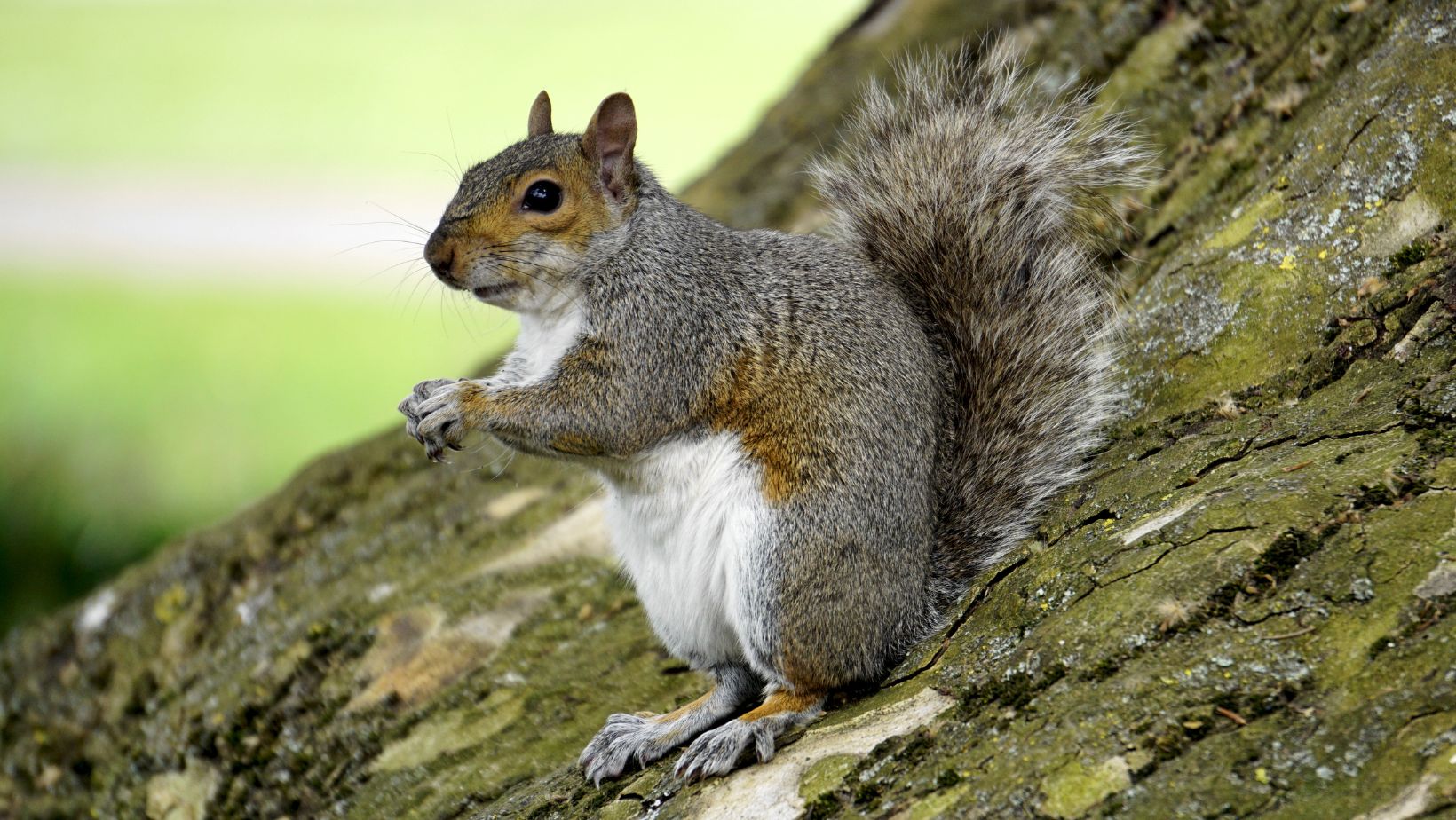 Drawing squirrels has left a significant mark on the art community, enriching artistic expression through its complex subject matter. Artists exploring this whimsical creature contribute to the broader understanding of wildlife art. By depicting squirrels, they highlight the importance of nature in art, creating a bridge between ecological awareness and creative practices.
Drawing squirrels has left a significant mark on the art community, enriching artistic expression through its complex subject matter. Artists exploring this whimsical creature contribute to the broader understanding of wildlife art. By depicting squirrels, they highlight the importance of nature in art, creating a bridge between ecological awareness and creative practices.
The subject of squirrels spurs innovation, as artists seek to capture their dynamic essence in varied styles. This exploration fosters diversity in artistic techniques, encouraging experimentation with textures and media. Such endeavors diversify the portrayal of wildlife, leading to a rich tapestry of interpretations within the community.
